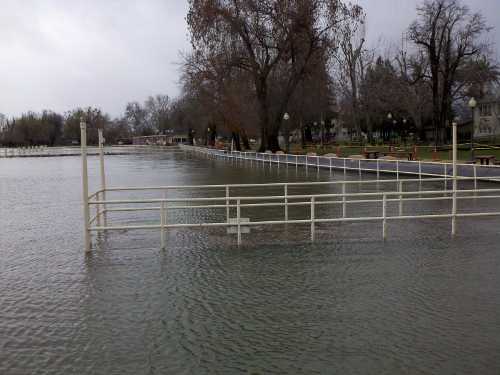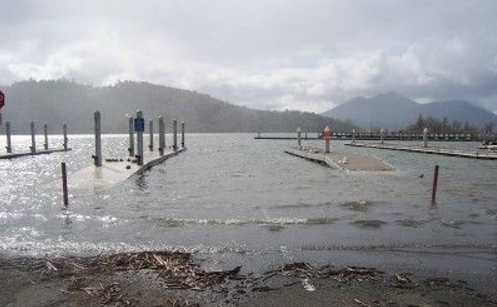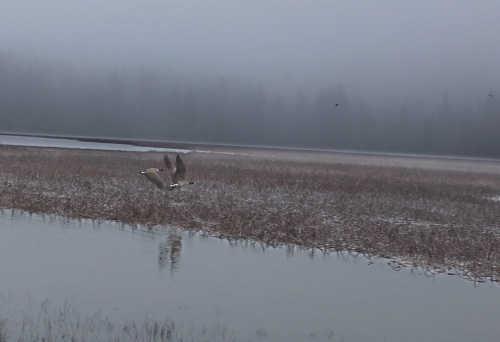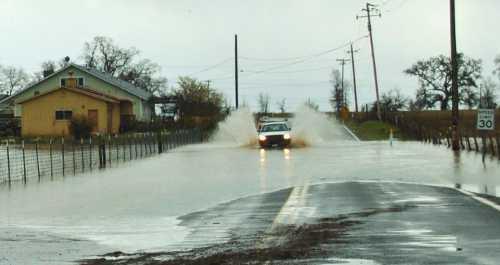- Tom Philpott
- Posted On
Military Update: Surprise appointment intrudes on TRICARE fee debate
Senior Defense officials defended their plan to raise TRICARE Prime fees modestly for working-age retirees at a March 15 hearing of the House armed services subcommittee on military personnel.
Next day, representatives of military associations testified. Five of them, including one who spoke on behalf of 13 other groups too, said they could accept what would be the first TRICARE fee increases in 16 years.
The same groups could accept annual adjustments to these fees if the inflation index used were the same one used to set retiree cost-of-living raises.
Every beneficiary advocate at the hearing, however, rejected the Obama administration’s call to adjust retiree TRICARE Prime fees based solely on medical cost inflation.
Defense officials haven’t picked the particular health cost index they want. But their budget savings assume fees would rise by an average of 6.2 percent a year if tied to medical inflation.
At this hearing, only the National Association of Uniformed Services said Congress should “hold the line” on any TRICARE fee increases.
Rick Jones of NAUS charged Defense officials with conducting a public relations campaign to blame retirees for the dramatic rise in health costs over the last decade, when the true culprit has been sustained warfare.
After the hearing a DoD spokeswoman, Cynthia O. Smith, reiterated that the three biggest factors contributing to health cost growth in the last decade have been introduction of the TRICARE for Life benefit for elderly retirees; higher TRICARE usage in part because more retirees use TRICARE instead of employer health insurance, and overall health care inflation.
Rep. Joe Wilson (R-S.C.), subcommittee chairman, said a few months ago that he would oppose any TRICARE fee increases. He did not repeat that pledge in these hearings.
Most other panel members echoed the conditional support of beneficiary groups toward the slightly higher fees and indexing.
Wilson was far more upset by the surprise appointment of John Baldacci, former governor of Maine, to lead a new comprehensive review of military health care from inside the Pentagon.
If Baldacci is interested in health care efficiencies, Wilson said at one point, he should immediately step down and save the department $200,000 – his salary of $165,300 a year and Wilson’s best guess on his expenses.
“We don’t need a health care czar,” Wilson said. “We have veterans’ service organizations that can provide this information” about needed reforms. “And this is not the government’s money. This is taxpayers money…being diverted from the military health care system.”
Baldacci was a four-term U.S. congressman before becoming governor in 2003. In January 2011 he completed his second term.
Baldacci did not serve in the military or on the armed services committee. He did establish a comprehensive health care reform system in Maine, which has been extolled by the left and criticized by the right. He also was the second governor to sign a gay marriage law, and the first to do so without a court order.
The Department of Defense made no official announcement of his appointment as director of its Military Health Care Reform Initiative. Maine reporters published the first stories on it the week of March 14.
As governor, they said, Baldacci was paid $70,000 a year. His Department of Defense appointment is for one year “with an option to extend if necessary.”
“This is a temporary project where he will review, evaluate, assess and make recommendations” on health reform to Clifford L. Stanley, the under secretary of defense for personnel and readiness, Smith said. “His leadership, executive and legislative experience will deeply enhance this initiative.”
Wilson prefaced his first question for Stanley and his new assistant secretary for health affairs, Dr. Jonathan Woodson, with words of confidence in their capabilities. Wilson also noted their oversight responsibilities for military health care, and then said Baldacci’s job was a “duplication,” just like government auditors recently warned against to cut wasteful spending.
“At a time when we are all concerned about efficiency … it just doesn’t seem right,” Wilson said. He asked Stanley why Congress should even enact health care efficiencies in this year’s defense budget “if this work can be overturned” by major new reform effort being led by Baldacci.
Stanley said health reforms in the new budget, which include the TRICARE Prime fee increases for working-age retirees and adjustments in pharmacy co-pays to encourage use of the TRICARE home delivery, are “not directly related to what Governor Baldacci is going to be doing. His charge – by me, because I asked him – is, first of all, an objective outside look …We have not really been as open as I think we should have been” with military associations or in explaining past TRICARE fee recommendations.
Baldacci also will focus on Guard and Reserve health issues, on “a holistic viewpoint of readiness and wellness, and how we’re going to do patient satisfaction. And cost was the last piece,” he said.
Stanley said he had asked Woodson, his assistant secretary for health affairs, to work very closely with Baldacci.
Wilson asked Woodson to comment. The Army Reserve brigadier general and former professor of surgery said Baldacci’s appointment probably results in part from the long wait, of nine months, between Woodson’s nomination and his Senate confirmation.
This allowed “inconsistent leadership within health affairs” and produced “a need to look at how business was conducted … I do not see the governor’s mandate as interfering with my statutory authorities and the efficiencies we need to roll out.”
Rep. Chellie Pingree (D-Me.), a longtime politician in Maine whose daughter, Hannah, was Maine’s Speaker of the House during Baldacci’s second term, briefly defended his appointment at the March 15 hearing.
“Governor Baldacci has a great work ethic. He’s very devoted to our military and he has worked very closely with the National Guard in our state to improve many of the practices,” Pingree said. “So I look forward to him looking for some of the efficiencies that could be found.”
Wilson avoided dragging the military associations into the Baldacci controversy. But he pressed for ideas on controlling health costs. Two of them said DoD should act on an old recommendation to consolidate the three service medical commands and save hundreds of million of dollars a year.
To comment, send e-mail to This email address is being protected from spambots. You need JavaScript enabled to view it. or write to Military Update, P.O. Box 231111, Centreville, VA, 20120-1111.
Follow Lake County News on Twitter at http://twitter.com/LakeCoNews , on Facebook at http://www.facebook.com/pages/Lake-County-News/143156775604?ref=mf and on YouTube at http://www.youtube.com/user/LakeCoNews .

 How to resolve AdBlock issue?
How to resolve AdBlock issue? 














